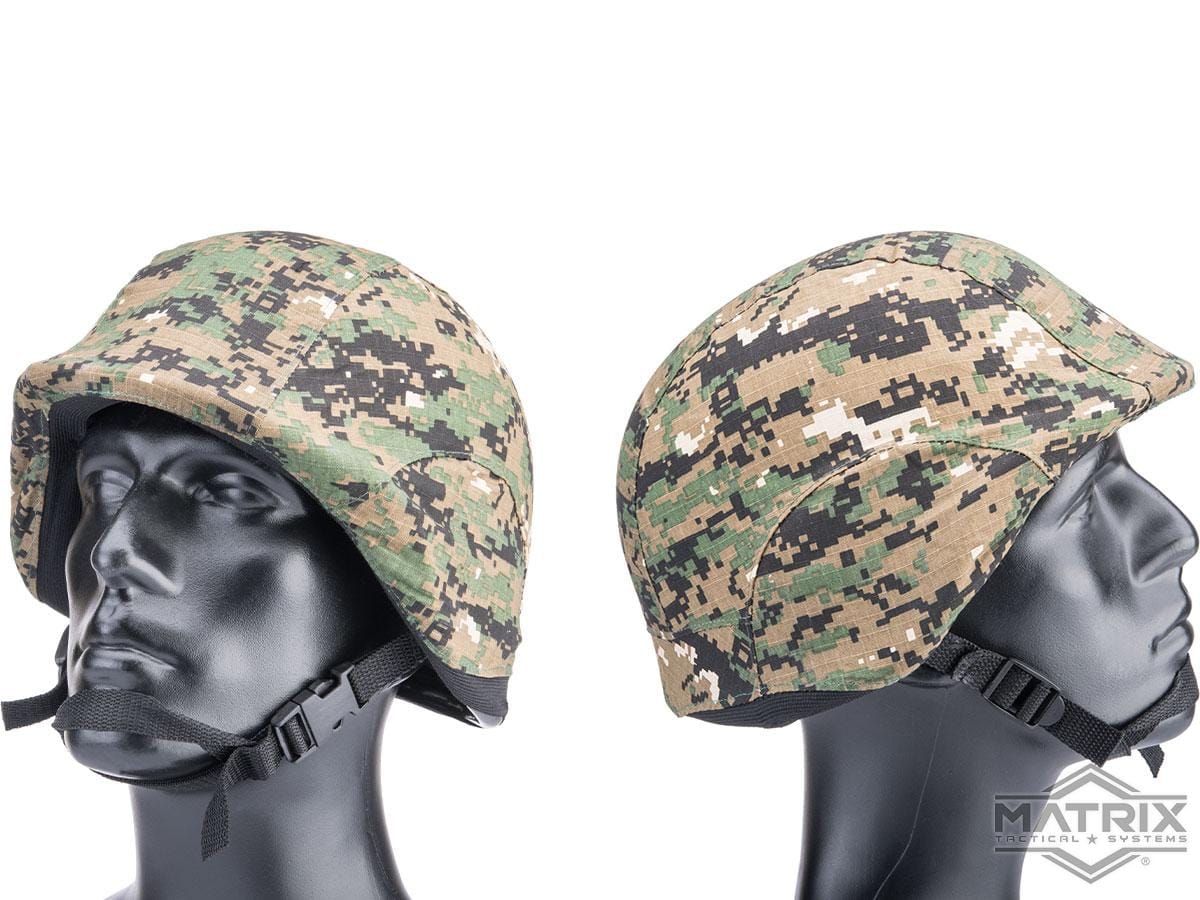The PASGT (Personnel Armor System for Ground Troops) helmet, instantly recognizable by its distinctive “K-pot” silhouette, holds a significant place in military history. Introduced in 1983, this iconic helmet provided a crucial leap forward in head protection for ground troops, becoming a ubiquitous symbol of the late 20th-century battlefield. This article delves into the PASGT helmet’s history, design, protective capabilities, and enduring legacy, comparing it with modern ballistic helmet technology.
Development and Design of the PASGT Helmet
The PASGT helmet emerged from a need to enhance soldier protection beyond the capabilities of the older M1 steel pot helmet. Developed and introduced by the U.S. military in 1983, the PASGT system, comprising both helmet and vest, marked a significant upgrade. Constructed from layers of Kevlar, a high-strength synthetic fiber, the PASGT helmet offered superior protection against fragmentation and some handgun rounds. Its unique shape, frequently referred to as a “K-pot” or sometimes “Fritz” due to its resemblance to the German Stahlhelm, became synonymous with military personnel worldwide.
While not explicitly stated in readily available resources, the PASGT helmet’s protection is generally considered equivalent to NIJ Level IIIA. However, further research using resources like the PASGT Helmet Technical Datasheet is recommended for definitive confirmation. This level of ballistic resistance provided significantly improved defense against shrapnel and handgun rounds, common threats on the battlefield.
The PASGT in Global Service and Decline
The PASGT helmet wasn’t limited to American soldiers. Its use extended globally, becoming standard issue for numerous armed forces and police agencies, especially in Argentina, Armenia (adopting it as standard in 2023), and Afghanistan (via ArmorSource and Foreign Military Sales). This widespread adoption speaks to the helmet’s robust design, relative affordability, and readily available supply. You wouldn’t want to miss the painting of lucifer 1797, which shares similar narratives concerning widespread interpretations and meanings.
However, starting in the early 2000s, the U.S. military began phasing out the PASGT in favor of more advanced helmets like the Lightweight Helmet (LWH), the Modular Integrated Communications Helmet (MICH), and the Advanced Combat Helmet (ACH). These newer helmets offered increased protection against higher-velocity rounds and blunt impacts, improved comfort, reduced weight, and enhanced integration with communication systems and night vision equipment. This technological leap mirrored the shift from basic cell phones to sophisticated smartphones—both fulfill the basic function, but one provides far greater capabilities.
PASGT vs. Modern Ballistic Helmets: A Comparison
The evolution from the PASGT to modern helmets represents a substantial advancement in ballistic protection technology. Modern helmets utilize advanced composites like UHMWPE (Ultra-High-Molecular-Weight Polyethylene), offering superior protection against a wider range of threats. They are also generally lighter and more comfortable, featuring design improvements for better fit and reduced fatigue. Furthermore, they incorporate advanced features like integrated rails for attaching accessories, built-in communication systems, and compatibility with night vision devices. This contrasts sharply with the PASGT’s simpler, more basic design. If you are interested in legendary beings and historical figures have a look at this enchanting ole bolle troll story that has captivated generations.
| Feature | PASGT Helmet | Modern Ballistic Helmet |
|---|---|---|
| Material | Kevlar | Advanced Composites (e.g., UHMWPE) |
| Protection Level | Likely NIJ Level IIIA (Needs Verification) | Higher (Often NIJ Level IIIA or above) |
| Weight | Heavier | Lighter |
| Cost | Lower | Higher |
| Comfort | Less comfortable | More comfortable |
| Features | Basic | Advanced (rails, comms, etc.) |
The PASGT’s Enduring Role
Despite being superseded by newer technology, the PASGT helmet continues to serve in some capacities. Its affordability and availability make it a viable option for military and law enforcement agencies with limited budgets, especially in developing nations. Like a reliable old truck, it might not be flashy, but it still gets the job done. This continued use underscores the enduring value of robust, basic protection in certain environments.
Furthermore, the PASGT helmet has become a sought-after item for collectors of military memorabilia. Its iconic design and association with a specific era of military history grant it a nostalgic appeal. For many veterans, the PASGT is more than just a helmet; it’s a tangible link to their service, a symbol of resilience, and a reminder of the ever-evolving landscape of military technology.
Ballistic Performance and Limitations
One of the most frequently asked questions about the PASGT helmet concerns its ability to stop a bullet. The answer, like many things related to ballistics, is complex and depends on several factors. While the PASGT provides reliable protection against fragments and some handgun rounds, its effectiveness against higher-velocity rifle rounds, such as those from an AK-47 or M-16, is significantly less reliable. Such rounds possess greater energy and are more likely to penetrate the Kevlar shell.
Factors influencing the PASGT’s ballistic performance include:
- Caliber: Larger caliber bullets generally pose a greater threat.
- Velocity: Higher velocity increases the likelihood of penetration.
- Range: Increased range may decrease the bullet’s velocity upon impact, potentially enhancing the helmet’s protective capabilities.
It’s crucial to remember that even if a bullet doesn’t penetrate the helmet, the impact force can still cause significant injury, including blunt force trauma, concussions, or skull fractures. The ongoing research into ballistic protection and materials science suggests that our understanding of helmet effectiveness will continue to evolve. Future helmets may incorporate advanced materials and designs offering even greater protection and functionality.
The Future of Helmet Technology
The PASGT helmet, despite its limitations, served as a critical stepping stone in the development of modern ballistic protection. It represents a pivotal moment in military history when material science and design converged to significantly improve the safety of ground troops. While newer helmets provide superior protection and features, the PASGT’s legacy reminds us of the constant drive to innovate and enhance survivability on the battlefield. The future of helmet technology may hold even more revolutionary advancements, potentially incorporating technologies like integrated heads-up displays or enhanced energy-absorbing materials. One thing is certain: the quest to protect soldiers’ lives will continue to drive innovation in this critical area of military technology.
















